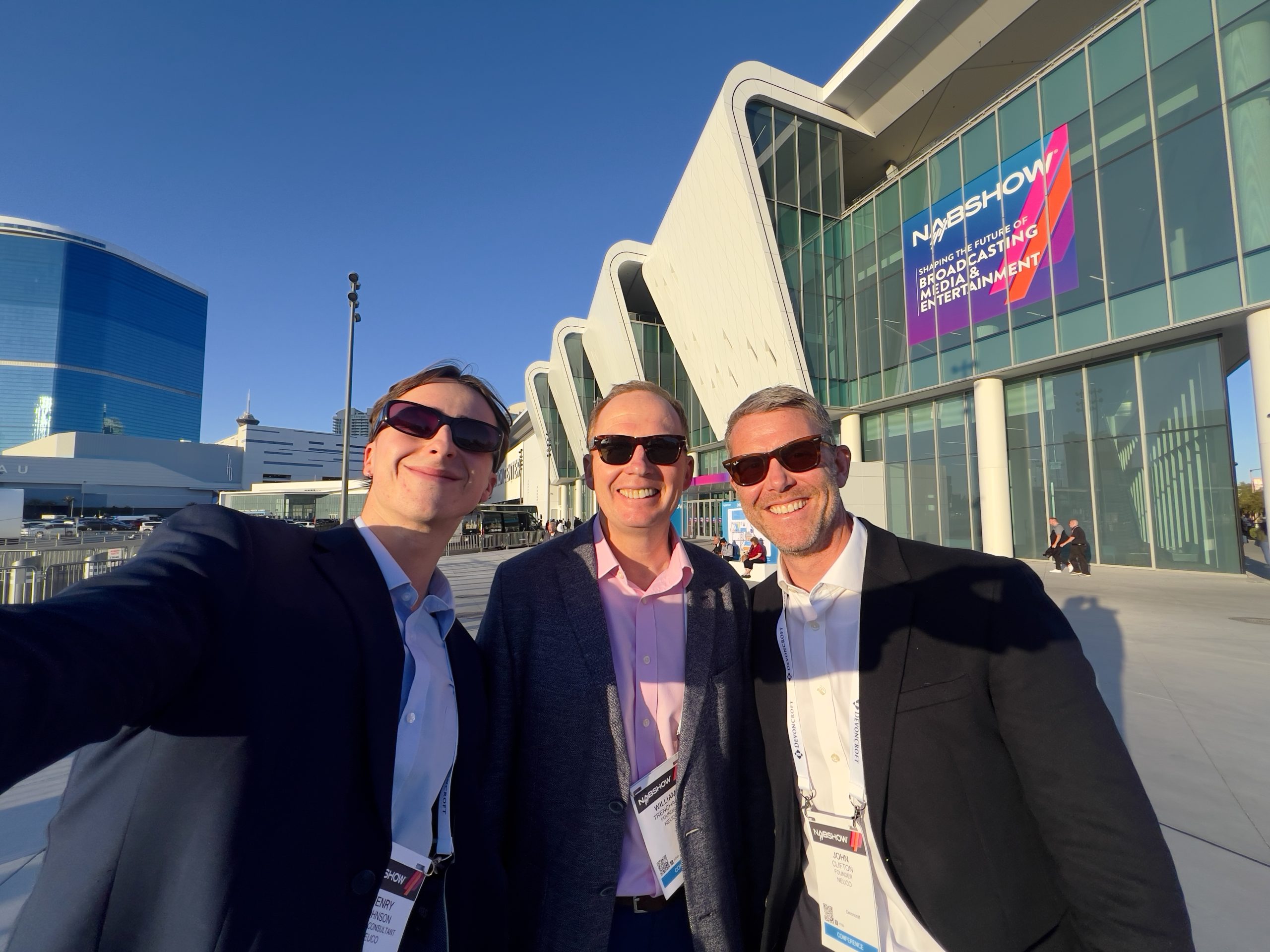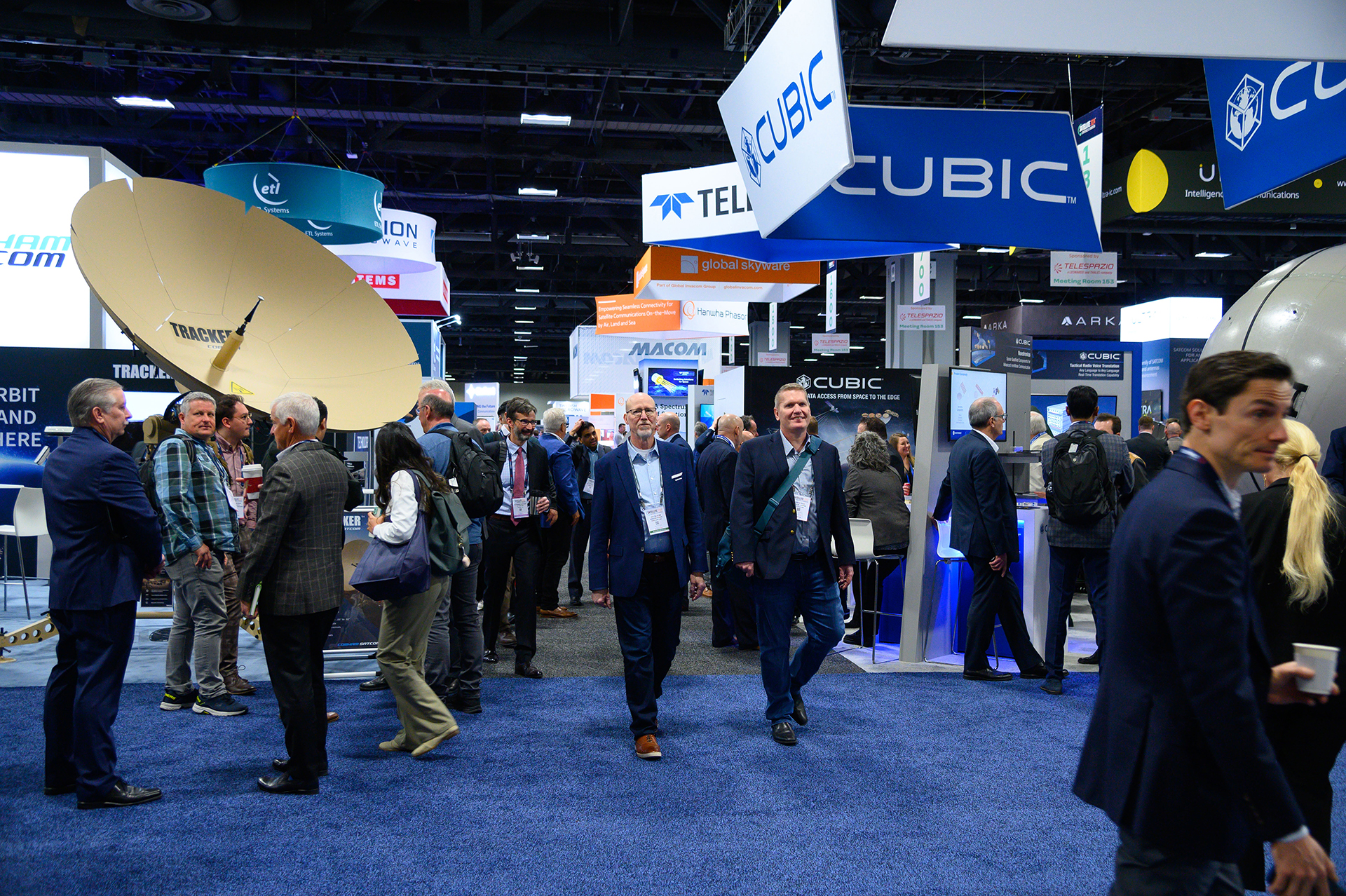On Episode 6 of The Satellite & NewSpace Matters Podcast we were delighted to be joined by Emile de Rijk, the CEO and co-founder of SWISSto12. Emile has successfully made the transition from academia to startup co-founder by taking his PhD in physics and applying it to the real world. They use patented 3D printing technology to create a range of RF products and systems, including a new HummingSat range. In this bite-sized blog we dive into Emile’s experiences of disrupting the Satellite & NewSpace industry as a small business, and tap into his expertise as a leader in our sector. Read on to hear his insights.
Your growing business is in an exciting phase of development. How do you keep growing?
We started small with an initial product in technology focus, but we’ve always been able to adapt to the market and the voice of the customer. There are always ideas and challenges to inspire us. In that respect we’ve moved from building single waveguides to full satellites. That gives away the DNA of the company, which is to always be ambitious, look at the next big problem that we can solve and then go do it pragmatically without debating it for ages. That creates an exciting working environment that enables us to take initiative and go one step further in solving complex problems and developing exciting products.
There are a number of small businesses trying to compete within the satellite industry, which is saturated with legacy businesses who have been around for a long time and have been successful. There is an ecosystem of smaller businesses like yourself trying to break into that space. Why do you think the satellite industry is like that?
The satellite industry has a huge entry barrier. If you sell a satellite, it’s not like you can send someone up there to repair it. The consequences of failure are huge and extremely expensive. You have to develop products that are proven and reliable, and that someone can trust with an investment. That’s the major entry barrier. To overcome that you just need to accumulate a lot of knowledge, partner up with the right companies and suppliers and build a product that will fulfil the mission. The nature of that technical difficulty is such that it makes it very difficult for newcomers to actually come in.
It’s possible if you’re patient and thorough and you work hard, which is what we’ve done so far. It’s a very exciting business to get into, because coming up with great products that are engineered correctly and fulfil the needs of the customer is highly rewarded by the industry.

The other way to get into this market is to not compete with the incumbents. Why? Because the incumbents are there for a reason. They have launch experience and they’ve optimised their products for decades. They have a great offering. Our strategy has never been to compete in that market, but rather to find new markets that are not addressed, where we can create a different product that is complementary to what the big incumbent players propose.
On top of that, our way to get from a radiofrequency product manufacturer to a satellite manufacturer has been to team up with players and suppliers and reuse satellite subsystems that are not worth reinventing. We are really innovating around payload and RF technology, which is our focus. Our innovation is in developing a smaller spacecraft that fulfils different types of missions. We work with heritage and legacy suppliers and partners to procure all the subsystems that benefit from heritage and just need to be integrated differently into a smaller spacecraft to make it a success. It’s a very collaborative strategy within the Satellite ecosystem to build this new success around smaller geo satellite missions.
All in all, the trick to successfully entering the industry is to use it to your advantage by creating a space for yourself and working alongside those bigger legacy companies instead of against them.
To hear more about Emile’s fascinating work in the Satellite & NewSpace industry, tune into the full episode of The Satellite & NewSpace Matters Podcast here.
We sit down regularly with some of the biggest names in our industry, we dedicate our podcast to the stories of leaders in the technologies industries that bring us closer together. Follow the link here to see some of our latest episodes and don’t forget to subscribe.


